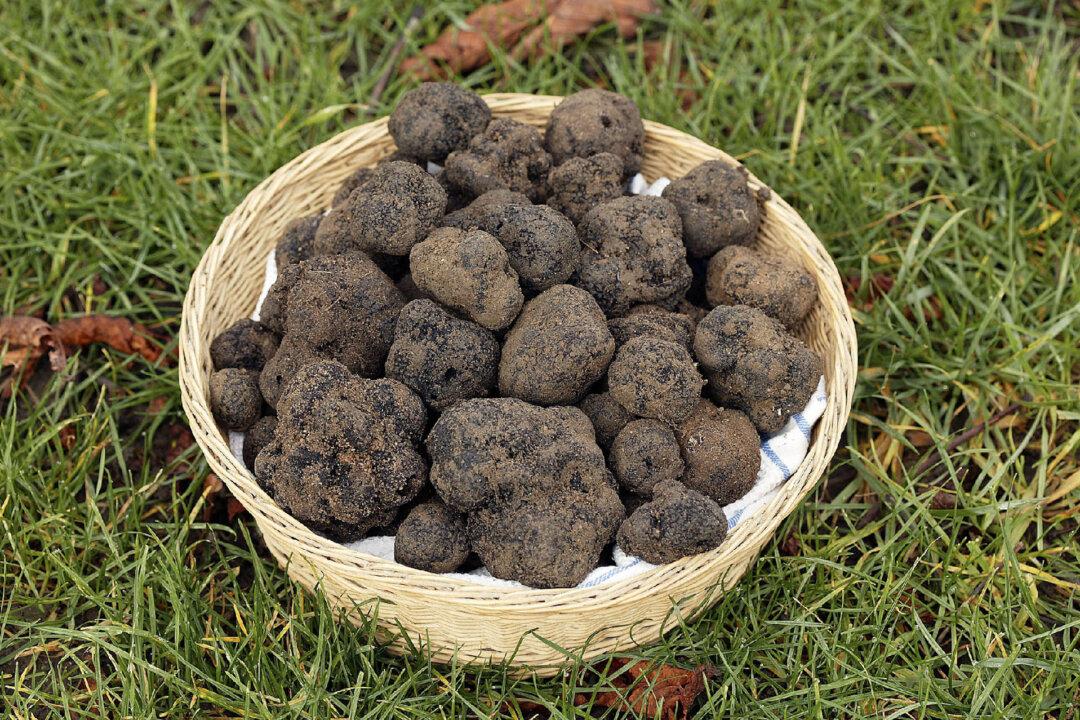Nadine was excited. She scampered along a haphazard route, pausing now and then to sniff at the ground. Occasionally she began to dig in the dirt, her breath quickening and eyes widening. But she was not permitted to complete the excavation she had begun. That task was finished by Vanessa, who distracted Nadine with a tasty treat and used a trowel to discover—and uncover—the object of their search.
Nadine is a dog, but she’s no ordinary canine. She is trained to find truffles, and I recently accompanied her and her handler, Vanessa Shea, on a hunt for those elusive, rather unattractive fungi that more than make up in value what they might lack in appearance.





